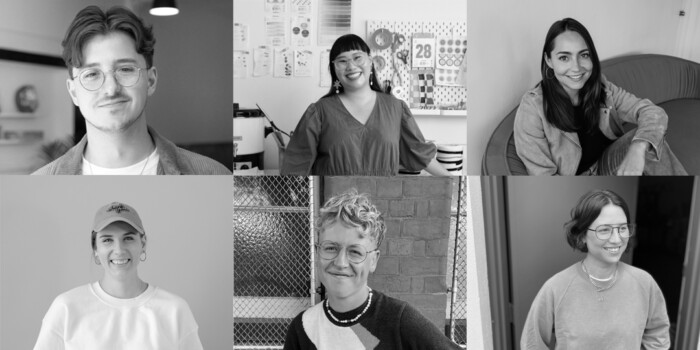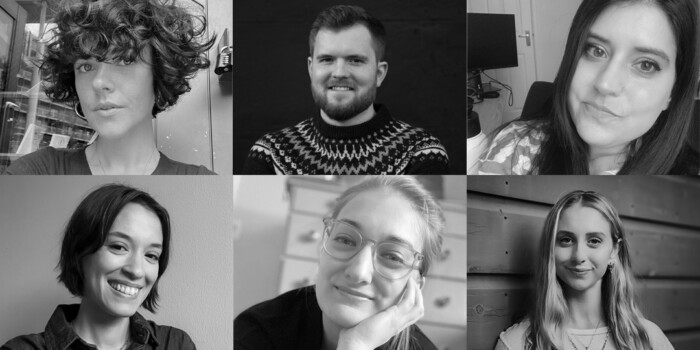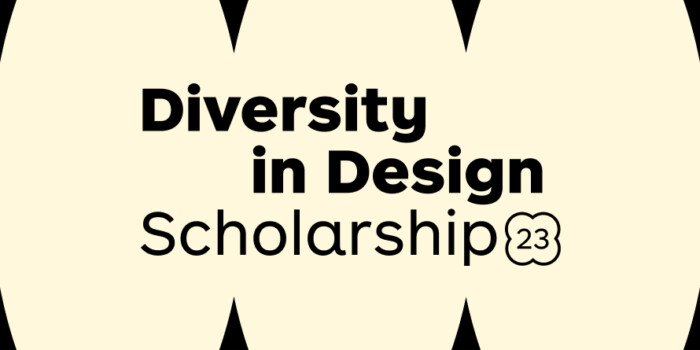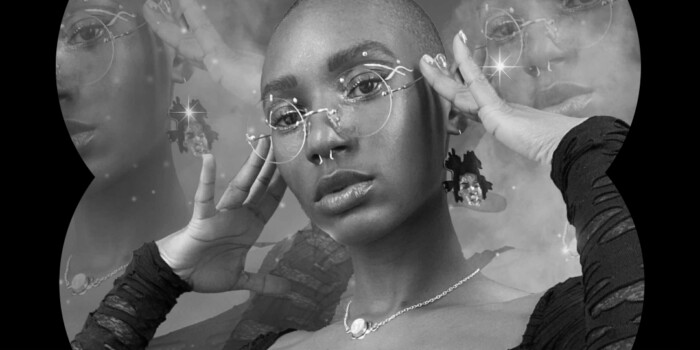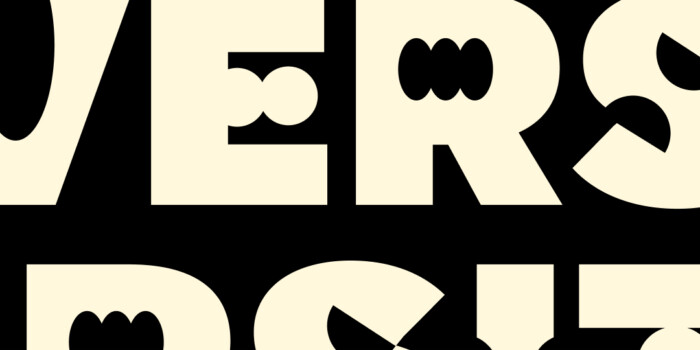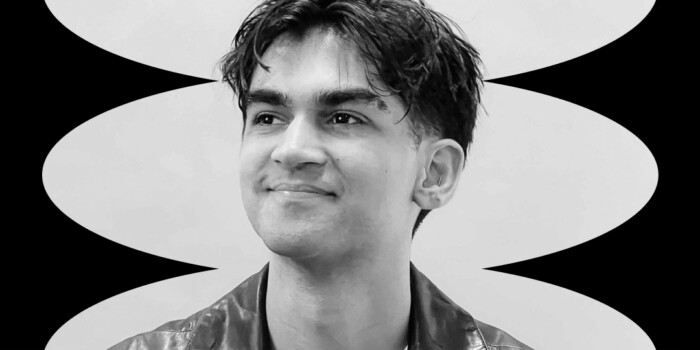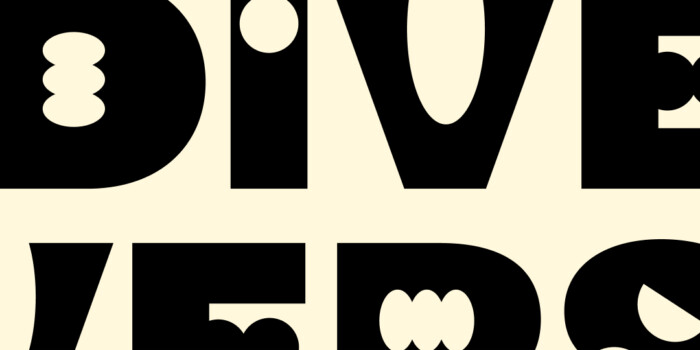An Interview with Jane Bowyer
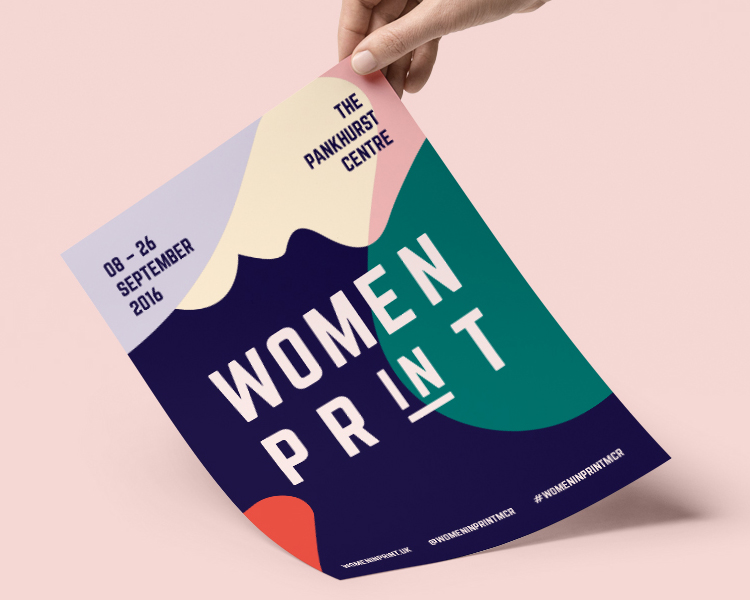
We were absolutely thrilled to have Jane Bowyer visit our Manchester campus earlier this term, to share her work with our current bunch of students and inspire them to make design that matters. Jane’s portfolio is filled with beautifully designed work teeming with powerful messages and personality. Along with client work and personal projects Jane is the designer behind ‘Women in Print‘—a fantastic exhibition to celebrate the life and achievements of twenty two iconic female figures who’ve made a significant contribution to Manchester.
Read on to find out more about the decisions behind Jane’s design choices, why she thinks personal projects are the elixir of life and advice to graduates starting out in the design industry.
You’ve undertaken numerous projects which highlight both societal and environmental issues. Do you think it’s important for the next generation of designers to use their design skills as a voice within these areas?
In the words of Bob Dylan, “the times are a changin”. In recent years there has been shift in consciousness with people feeling empowered to take personal responsibility and ownership when it comes to finding solutions to some of the challenges facing the world today. The art of protest isn’t new, people and communities have banded together, united by a common cause for thousands of years but what’s different in 2017 is the immediacy of everything. Through social media and the Internet, we have access to more information, faster. We can react instantly to events as they are happening and our interactions can be seen globally by potentially millions of people as we saw with the Women’s Marches earlier this year.
As a graphic designer, you have the tools at your disposal to communicate messages effectively through language, typography and graphic styling.
We have the unique privilege of being asked to create work which communicates the messages of organisations, communities and brands. It is essential that when we undertake a project we ask ourselves “What values am I promoting?” “What impact will this work have on a local and global scale?” “Who does my work affect?”
We need to take responsibility and ownership of the work we put out into the world. I would even take this one step further and say that as a designer we not only need to be socially conscious ourselves but we need to encourage and teach social responsibility to our clients, our suppliers, our colleagues and our audiences.
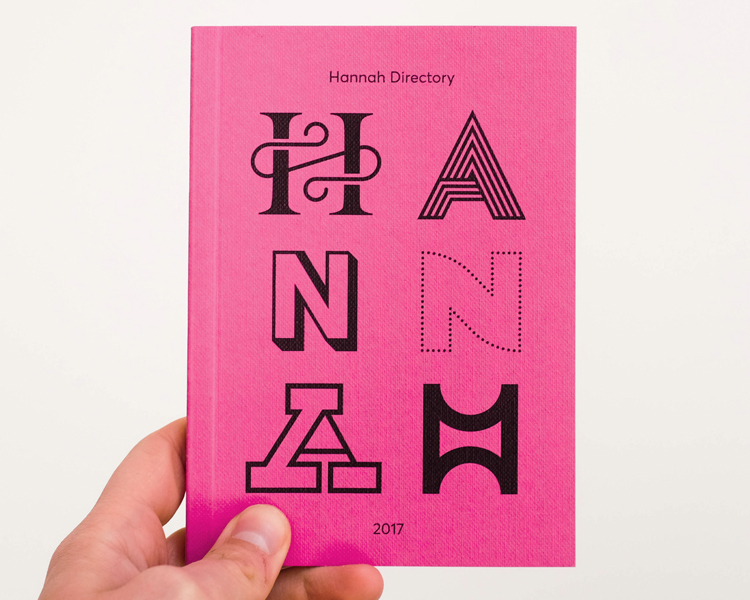
We’re huge fans of your work for Women in Print. Can you tell us a bit more about this project and what it means to you for women to be represented within the design industry?
Women in Print began life as a collection of 16 works by 16 local printmakers, illustrators and designers. Each piece of work celebrates the life and achievements of an iconic woman from Manchester or a woman who has in some way contributed to the city. The collection has now grown to include 22 pieces by 22 different creatives and we have future plans to put on more events that promote the talented creative women working in the north of England and keep women’s rights and achievements in the spotlight.
This project grew from my activism with No More Page 3. I personally backed this campaign because I felt like I wanted to part of something that was challenging the way women were being portrayed in print or left out of the history books/newspapers altogether. I think it’s really important that the achievements of women in all industries are shared in print or on digital platforms. Even Ensler, writer of the Vagina Monologues, said;
“When you listen to other women’s stories you begin to understand your own better and you begin to find ways back through and with each other.”
This quote has really resonated with me throughout the whole process of creating Women in print. For thousands of years, storytelling has been a tool used by women to educate their children, pass on values and to confront contemporary problems. I think story-telling is still one of, if not THE most important tool at our disposal to achieve equality. Hearing about the achievements and lives of other women, personally, makes my ambitions tangible. When I read a story about someone who has challenged their boss over discrimination in the workplace it empowers me to know that I can do the same should I need to. It reminds us that we’re not alone.
If you’re experiencing something difficult, chances are someone, somewhere else is too. Voice it.
Women in Print has taught me the importance of women coming together to create a supportive network to help us realise our goals, encourage our aspirations and create inclusive spaces where women feel welcome to work at all stages of the career and life.
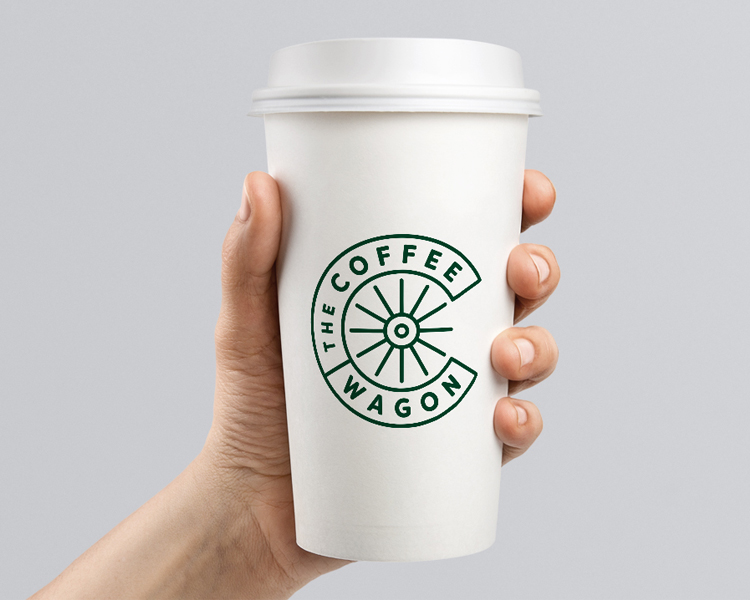
Alongside your client work you have a very healthy turnover of personal and passion projects. Do you have a particular favourite out of these?
Women in Print has to be one of my greatest achievements because the engagement with the project has exceeded my expectations. I’ve also learned an incredible amount throughout the whole process about time management, event planning, project management and public speaking.
I think personal projects are the elixir of life.
They can help us avoid creative burnout as well as challenge us to learn new skills. The beauty of a personal project is that you have full creative control over the input and output.
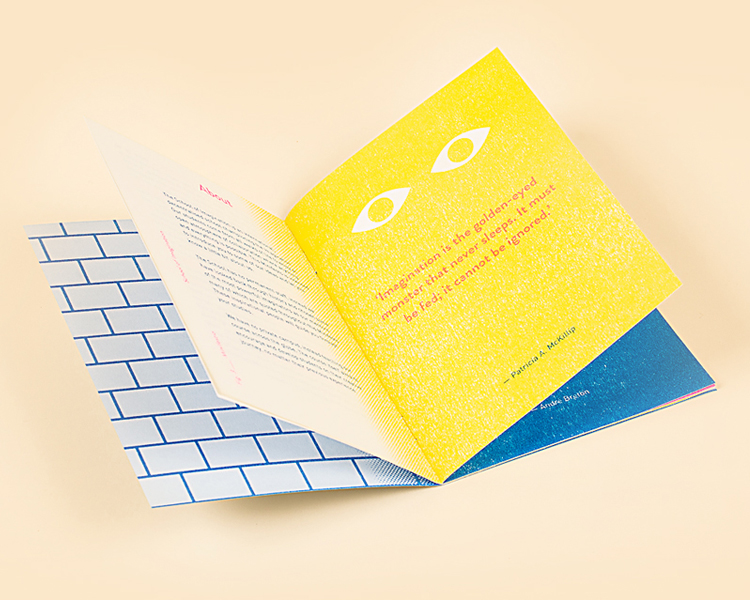
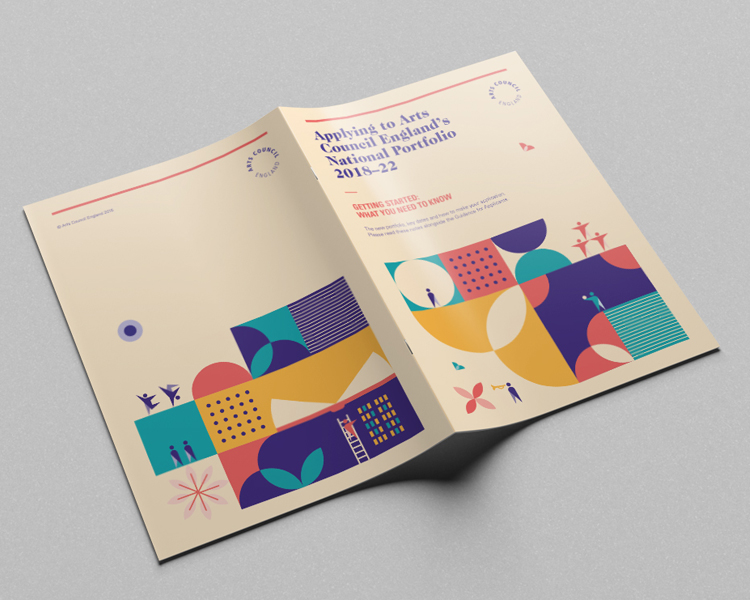
For our students about to graduate would you encourage them to build up personal projects to include within their portfolios?
Absolutely! I think personal projects are a great way to show a potential employer what it is you really love doing and what it is you care about. If you’d really like to work for an agency that specialises in packaging but you haven’t got any packaging projects in your portfolio—make up your own project! Write your own brief and work out a solution. I’m a big believer that what you put out in the universe you get back—if you put out work that you love doing, you will get more briefs for that kind of work in your inbox.
It’s no secret that you’re from Manchester, your portfolio is full of engaging work representing the city. Can you tell us a bit about Manchester’s design scene and what it’s like to be a part of?
I should get a badge made! ‘Made in Manchester’. I’m actually from Bolton which is in Greater Manchester—I think when we talk about Manchester we must not forget about Greater Manchester and all the amazing, creative things going on in Manchester’s neighbouring towns. I recently worked on a project called the Hannah Directory and I was amazed at how many people and organisations are operating outside of cities in towns and villages around the north of England.
I have lived in Manchester for the last 7 years since I graduated and I think it’s an amazing city to be pursuing a creative career in right now.
The design scene is booming and bustling and there are plenty of opportunities for a new graduate. The design community is relatively small but very well connected to other industries and folk are friendly. When I made the decision to work for myself I found people were more than happy to give me their time and advice to help me on my journey. Maybe I am romantic in my views but I think there’s something intrinsically Northern/Mancunian in that approach to business and life.
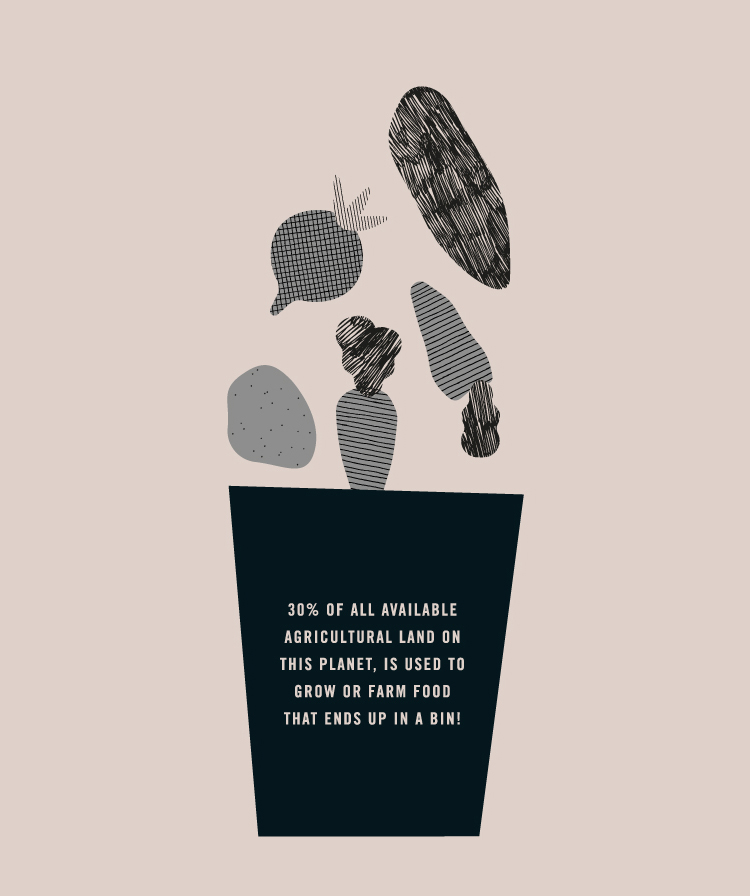
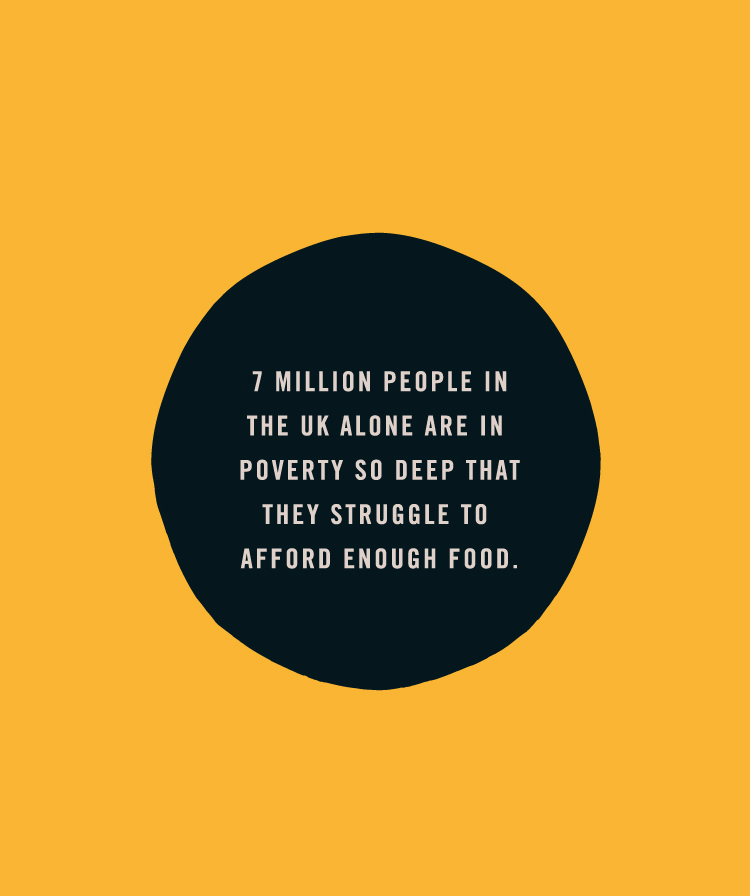
You have a very identifiable style which works seamlessly across a range of platforms. Illustration is clearly something you excel at, do you think it’s important for graphic designers to have a strong grasp on illustration within their repertoire?
Drawing has always been part of my practice. I studied graphic design in high school and we used old flip-top drawing tables and I was taught to create layouts/images using rulers, giant set squares and protractors so for me being able to create images by hand is as much a part of being a designer as being able to set type using a computer.
I think typography and illustration complement each other so well. In my experience, typography can be used to deliver a direct message and then illustration can be used to embellish and enhance that message. The illustration really brings a project to life.
I like work that feels like it should move—like it could leap off the page!
I think a designer is more interesting if they have a skill in addition to a basic knowledge of graphic design whether that’s art direction, photography, copy writing or illustration. I think it’s about finding what you’re comfortable with.
What’s one piece of advice you’d give to our graduates who’ve just entered the industry—how can they impress potential employers?
It sounds cheesy but just be yourself. Employers don’t just look at your portfolio they look at you, as an individual, to see if you’re a good fit for their studio. I think it helps if you build up a bit of knowledge about any place you’re applying to for a job so in an interview you can make specific references to their work and discuss why you’d be a good fit for their company and vice versa.
Another bit advice I give to anyone in the design industry whether they’re just starting out or looking to change jobs is to reach out to people in the industry and ask questions, ask for advice whether that’s over email or meeting face to face. It’s also much better to ask for someone to review your work than asking directly for a job as there aren’t always jobs available but most people would be happy to give you feedback on your work.
Absolutely huge thanks to Jane for supplying us with such in-depth answers. If you don’t already, be sure to follow Jane on Instagram and Twitter—and of course head to her website to see more design work.
Want to win some amazing prizes and stay in the loop with all things Shillington? Sign up to our newsletter to automatically go in the draw.
